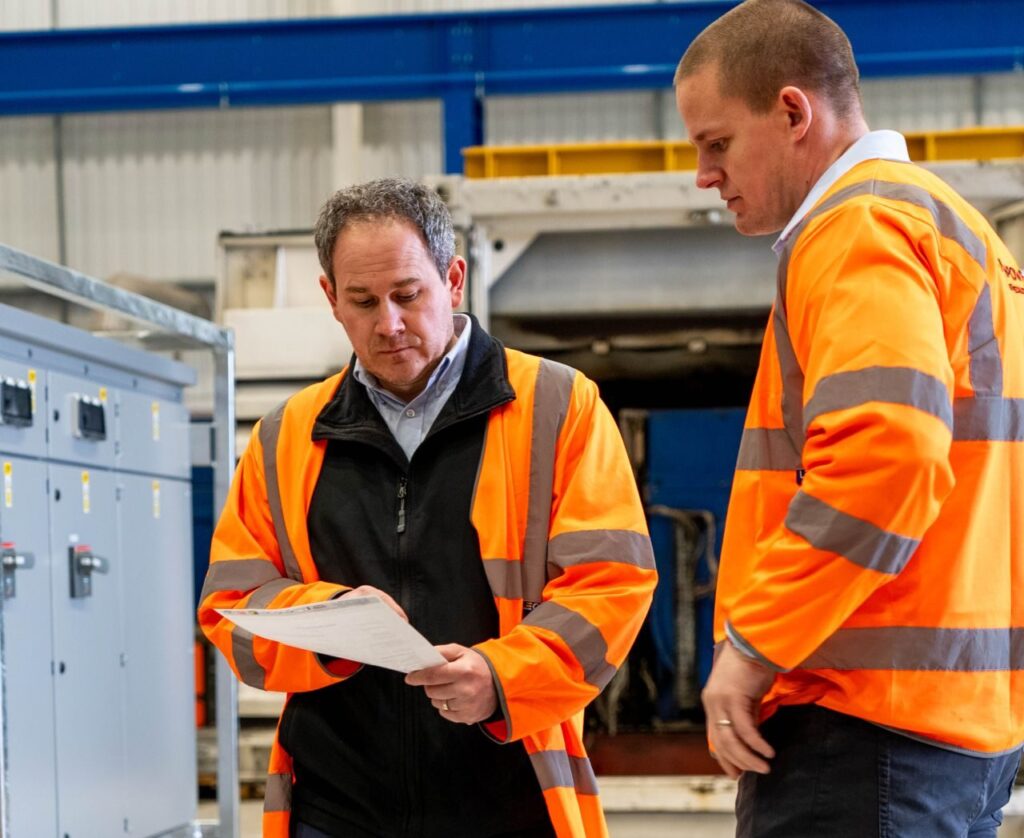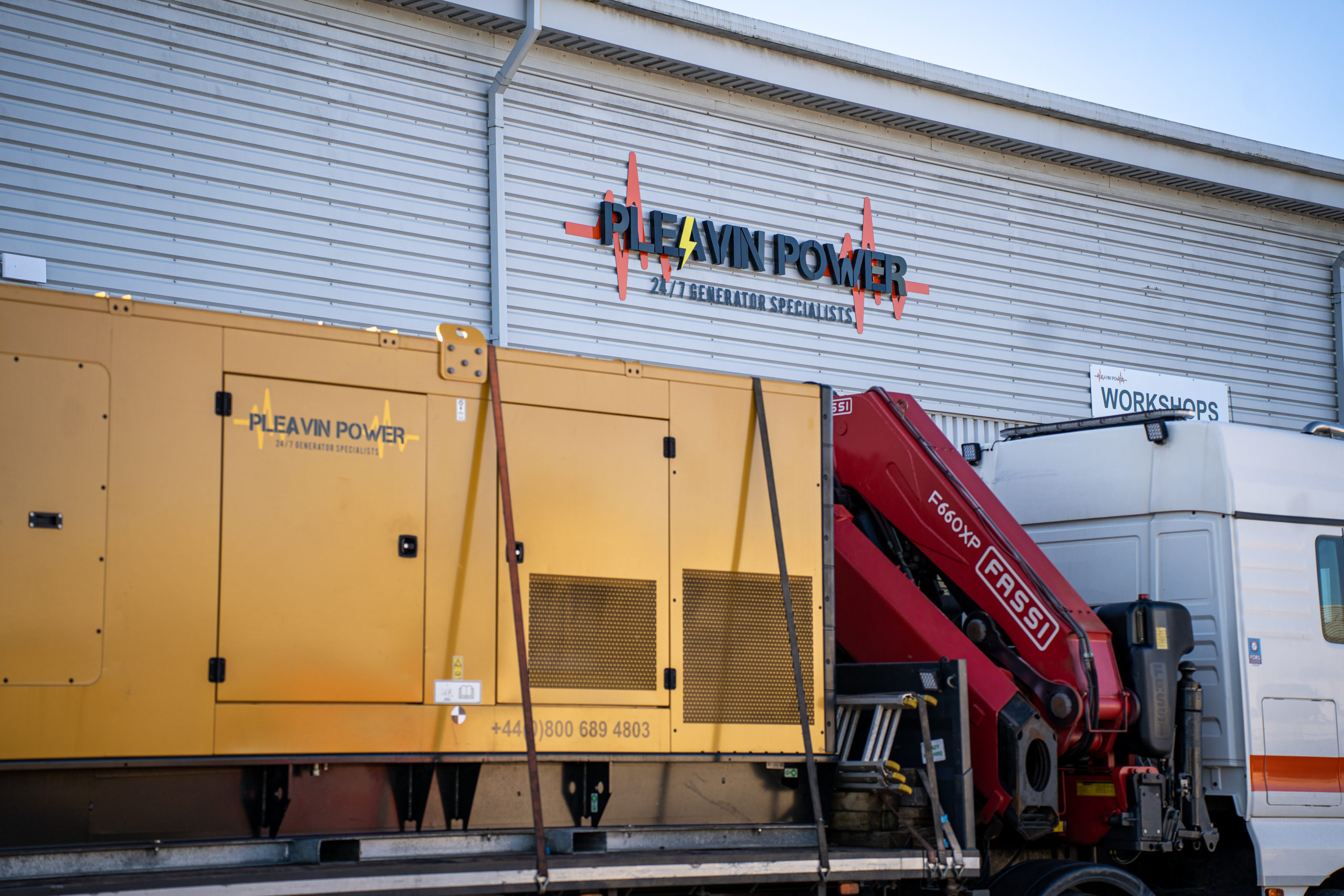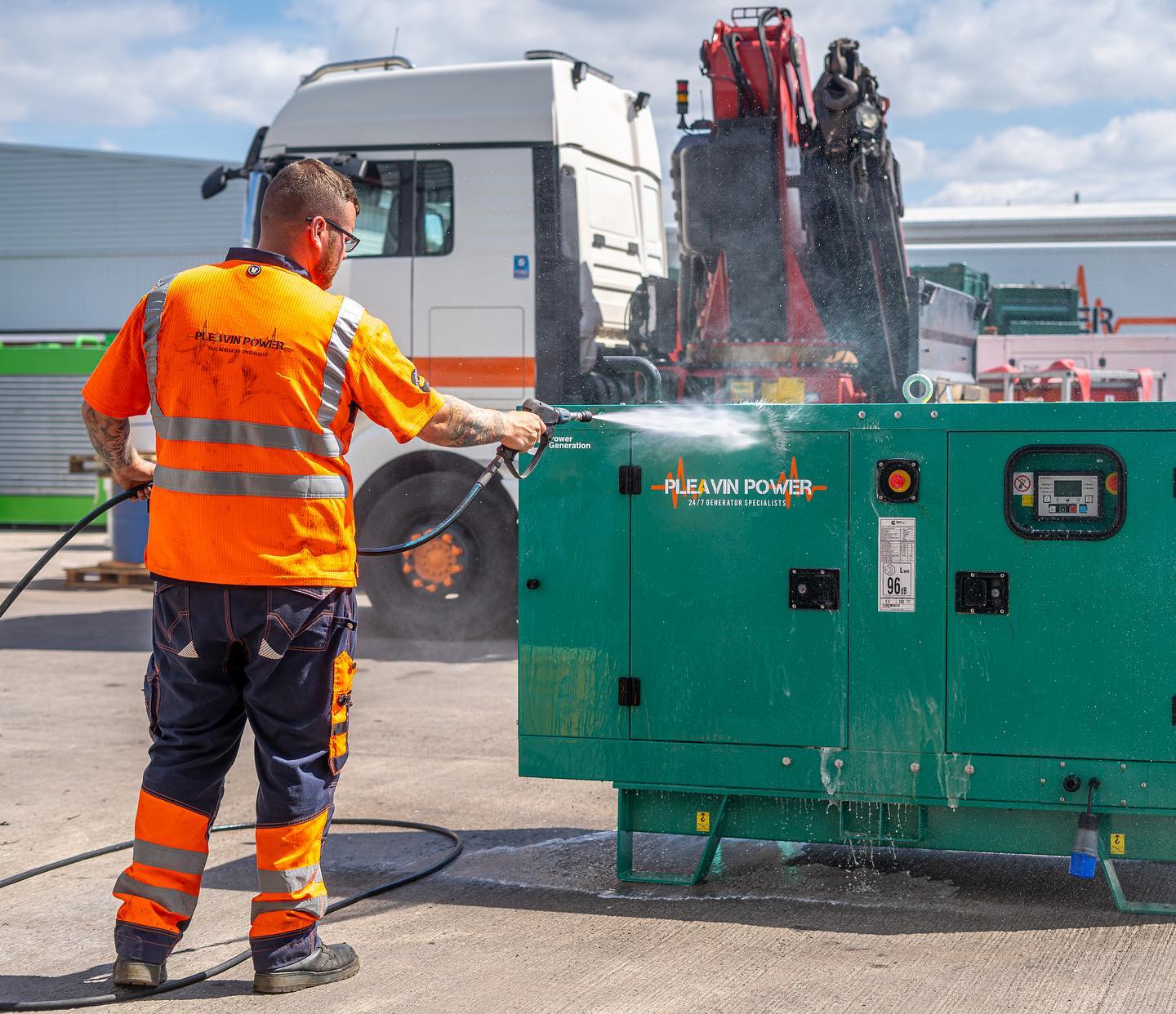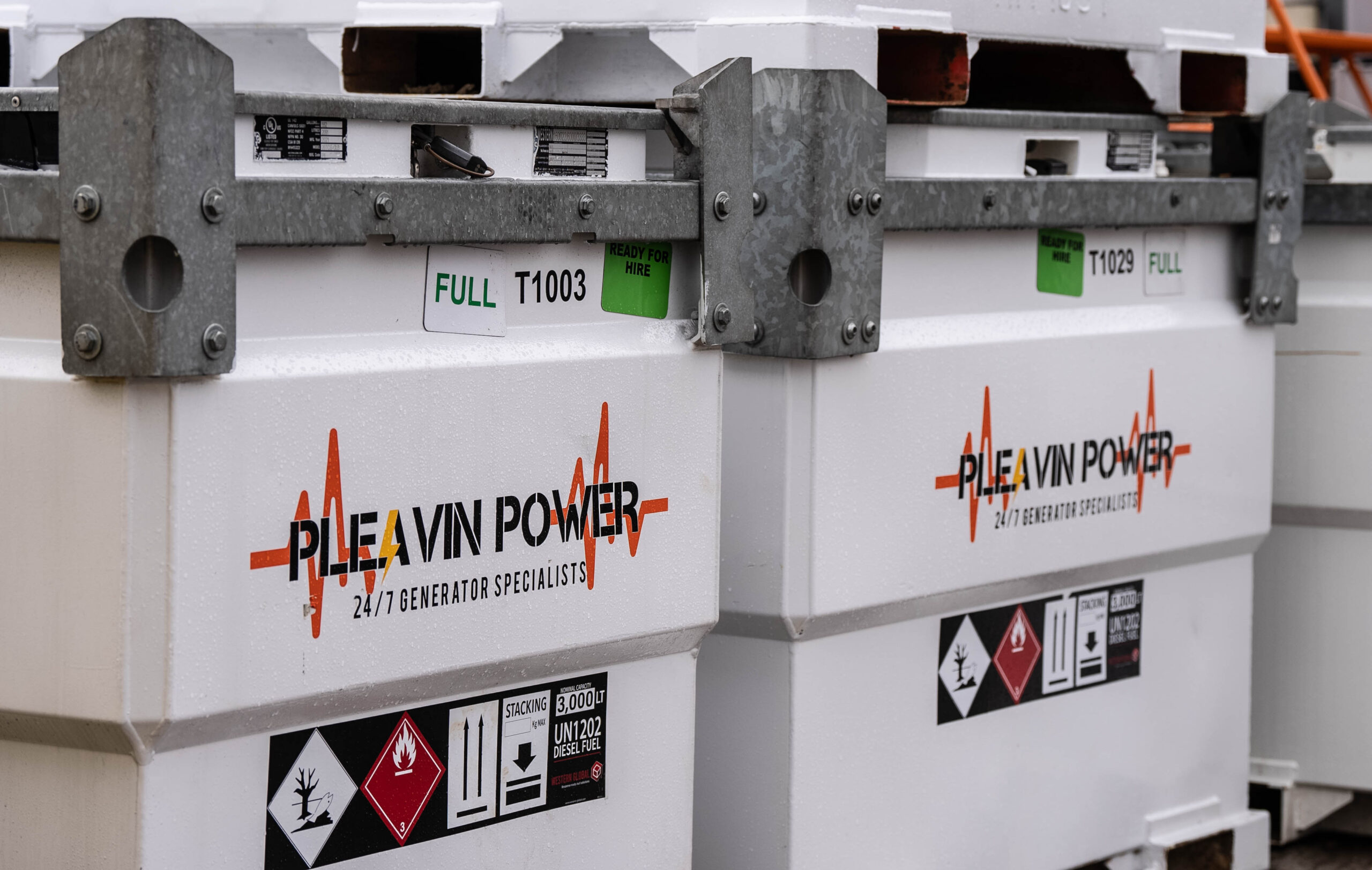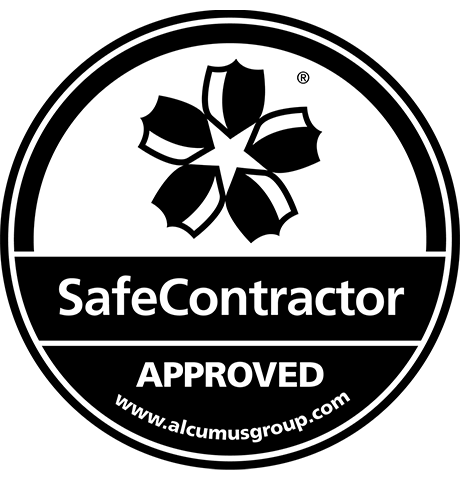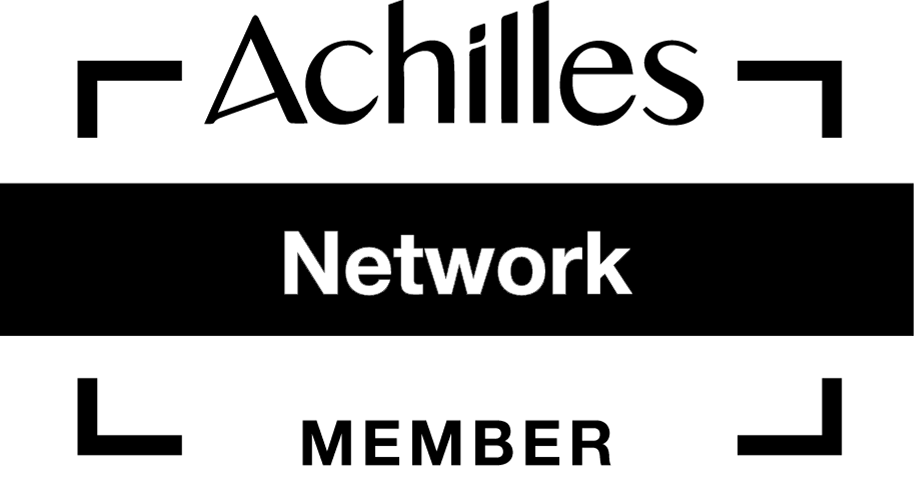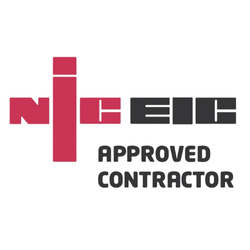Unfortunately, the generator process isn’t as simple as purchasing your chosen generator unit and placing it somewhere to start powering your appliances. There is a somewhat complicated generator installation process that has to be followed when setting up your generator correctly.
To ensure the installation process as a whole is a lot more streamlined – you should look into getting a power generator expert team such as our team at Pleavin Power to successfully install your generator for your home or commercial property.
There is a lot of preparation and often sometimes permits from the correct governing bodies. You can also save yourself time and hassle by allowing the experts to handle your generator installation process on your behalf.
However, it is always good to learn and understand more about the key steps that involve getting your generator installed. Doing so, you may even be able to identify future problems that could arise.
Regardless of whether you are someone who is just looking to purchase a power generator for the first time or you have owned several different types of generators, the best way to ensure that your generator stays in the best shape possible while running smoothly is to understand all the basics. These all start with the installation of your generator.
However, before we start, it’s best to know exactly what a power generator is if you are unfamiliar with them in general and are seeking more information.
What Is A Generator?
Power generators, often referred to as small-power plants, are highly reliable pieces of equipment that can help give power during planned power outages, and extreme weather among other circumstances. Power generators burn fuel to create motion and then it will convert it into electrical energy.
There are many different types of fuels available such as gas, diesel, propane and more – we recommend that you look at generator models beforehand to see what fuel a particular model runs on.
Make Sure You Have Permission For Installation
Nobody wants to be stuck in a potential power outage in their home or commercial area, this can leave people agitated as they are not able to get on with everyday life.
Hence why many more people are starting to invest in power generators as they are the perfect solution to power your appliances during these testing times.
To install your generator, you will need to consider a few factors for a smooth installation process. In some countries, towns and cities there are certain laws and regulations when it comes to installing generators.
Whether you are looking to install your generator for your home or on commercial property – make sure that you research if you are legally allowed to install the generator in the chosen area.
If you do need a permit then you will need to apply – if successful then you can start the next steps of installing a generator.
Start To Lay The Groundwork
Once you are good to go, the next step in the installation of your power generator will need to prepare the site. This means where you are going to place your generator, whether it be on a slab of concrete or gravel.
This is a super important process in a successful installation as laying the ideal groundwork for the base of your generator can boost efficiency, and performance whilst also keeping it highly functional.
Once we have laid the correct groundwork – we have to begin to let the base dry so that we can begin to move on to the more complicated process such as wiring.
Connecting To Power Sources
When you have placed your generator on a safe base then the next step that you will need to follow is installing a transfer switch. When successfully wired and placed, your generator will be connected to either your home or business building’s current electrical configuration as a backup source of energy.
Once you have the wiring set up for your generator then it is time to install the fuel line. If the property that you are attempting to connect your generator to already has a natural gas line, then it will be connected to that.
If not, do not worry as it can be connected to your propane tank and it will work without any problems. You should have one of these two available to fuel your generator to get it up and running when needed.
If these two are unavailable then you must choose between one of the two to be installed so that you can get your generator running.
Power Outage Test
The final part of your generator installation process is making sure that it is actually all working and installed correctly and the perfect way to do this is by running a power outage test. Whoever has installed your generator will do a simulation of a power outage to see if your generator comes on and begins to power your appliances right.
If you have a model that is up-to-date and very top-of-the-range then your generator should have capabilities to do periodic self-checks that can successfully showcase any potential issues and make sure that there is no problem with the functionality.
Conclusion
Investing in a power generator such as a standby generator can not only boost the value of your home but can get you through any potential power outages from scheduled blackouts, weather storms and many more.
Installing it correctly is another matter, we highly recommend to save yourself time, hassle and money then you should leave it to the expert.
If you are looking to purchase or hire a generator with a smooth installation process then contact our friendly support team who will be able to listen to your current situation and advise you in the best direction to get your generator successfully installed so you can start powering your appliances in no time!

